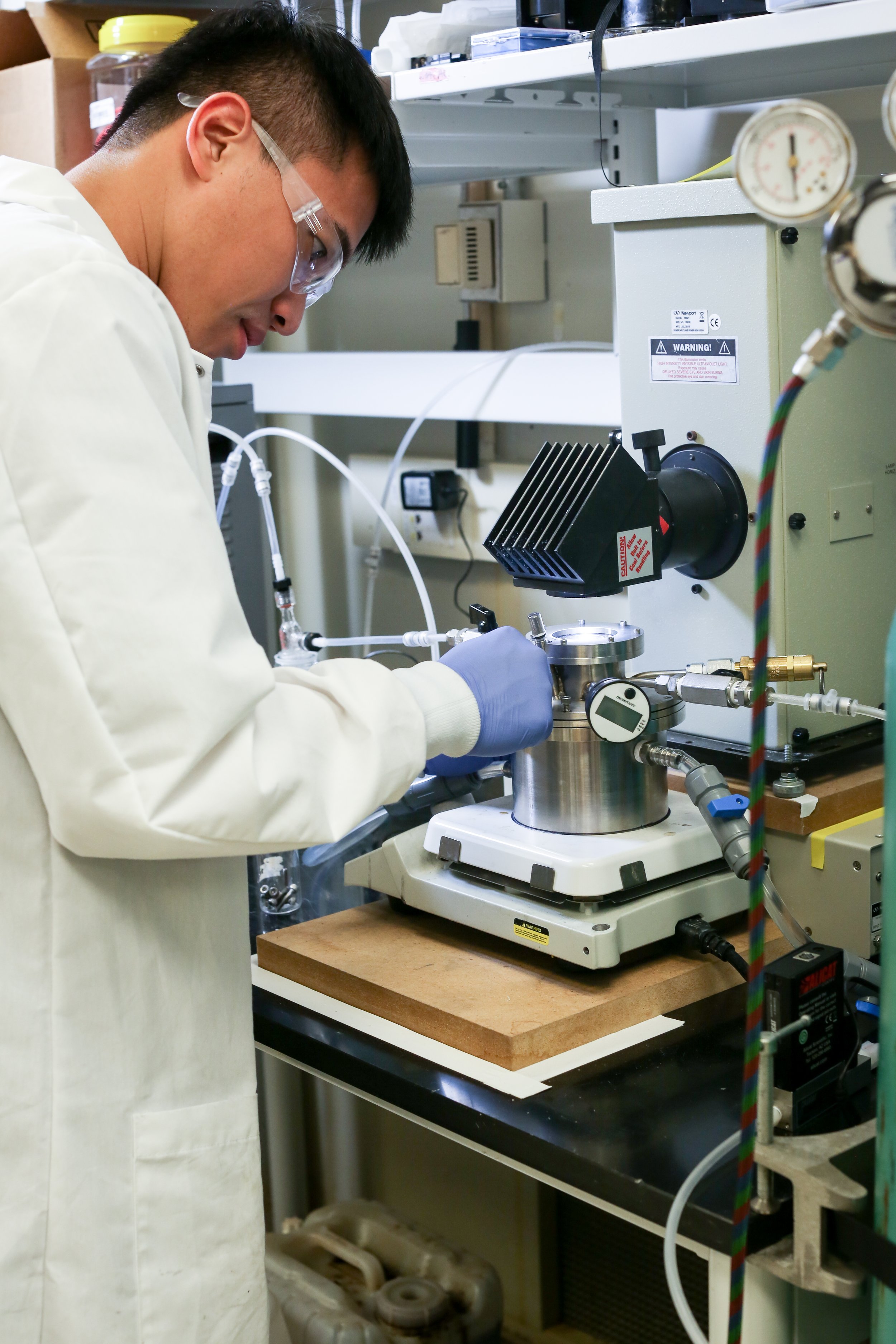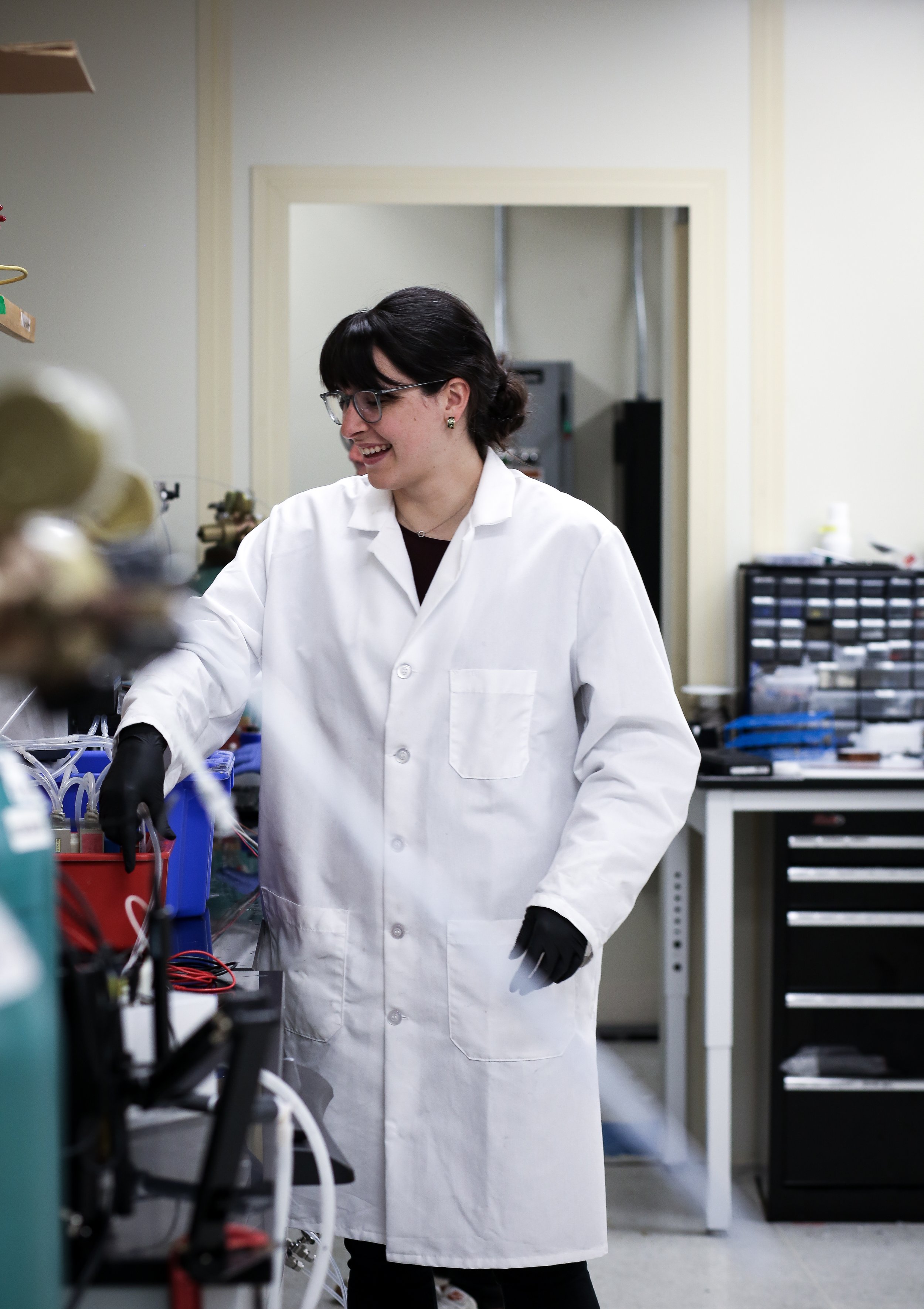Water scarcity because of drought, overuse, and climate change affects nearly 20% of the world’s population. It results in the need for widespread adoption of desalination systems.
By 2050, the supply of desalinated water could increase to 192 million m^3/day to accommodate population and water demand growth. Today, nearly all (~99%) desalination plants rely on fossil fuels as the primary energy source for the production of heat or electricity. If this trend continues, carbon emissions from fossil fuel-powered desalination plants could increase to 400 million tons of CO_2 per year by 2050.
The waste brine produced at desalination plants is also projected to increase to 240 km3 per year by 2050 (half the volume of Lake Erie). This prompts a strong need to explore strategies for developing renewable driven desalination plants with reduced waste (CO2 and brine) production.
We are using machine learning and physics based models to investigate the critical energetic, economic, and environmental performance metrics for solar-desalination systems. We are examining how water and salt interact within desalination membranes.
Read our publications on this project:
Unravelling Water and Salt transport in Polyamide with Nuclear Magnetic Resonance Spectroscopy
Caceres Gonzalez, R. A., & Hatzell, M. C. (2022). Prioritizing the Best Potential Regions for Brine Concentration Systems in the USA Using GIS and Multicriteria Decision Analysis. Environmental Science & Technology.
Liu, Yu-Hsuan, Yousuf Z. Bootwala, Gyoung Gug Jang, Jong K. Keum, Chia Miang Khor, Eric MV Hoek, David Jassby, Costas Tsouris, Jim Mothersbaugh, and Marta C. Hatzell. "Electroprecipitation mechanism enabling silica and hardness removal through aluminum-based electrocoagulation." ACS ES&T Engineering 2, no. 7 (2022): 1200-1210.














